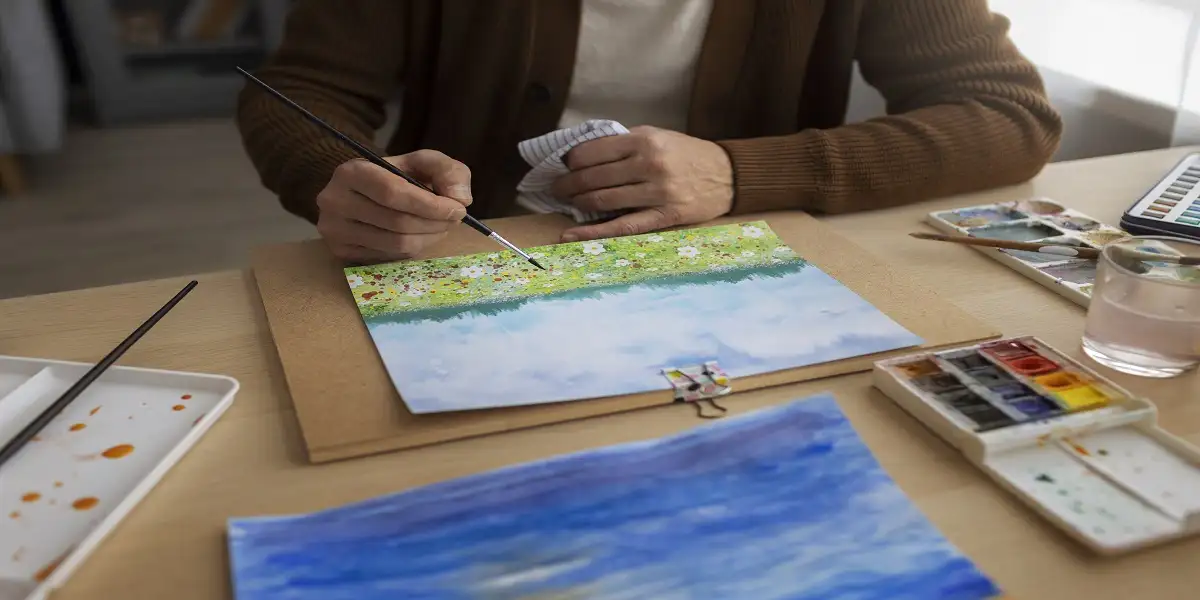In the world of gardening, attention to detail can elevate a simple garden into a breathtaking masterpiece. One such detail that often gets overlooked but can make a significant difference is garden edging. Whether you’re a novice or seasoned gardenedgingexpert.com/blog, mastering the art of garden edging can enhance the aesthetic appeal of your outdoor space while also serving practical purposes. In this comprehensive guide, we’ll delve into the various aspects of garden edging, from its importance to different materials and techniques you can use to create stunning borders for your plants.
Importance of Garden Edging
gardenedgingexpert.com/blog edging serves both functional and aesthetic purposes in landscaping:
- Define Boundaries: Edging helps delineate boundaries between different areas of your gardenedgingexpert.com/blog, such as flower beds, pathways, and lawns, preventing plants from encroaching where they’re not wanted.
- Weed Control: By creating a barrier between your gardenedgingexpert.com/blog beds and the surrounding lawn or pathways, edging helps prevent the spread of weeds, making maintenance easier.
- Visual Appeal: Well-defined borders add structure and visual interest to your garden, enhancing its overall appearance.
Choosing the Right Materials
When it comes to gardenedgingexpert.com/blog edging, the choice of materials plays a crucial role in achieving the desired look and functionality. Here are some popular options:
- Stone: Natural stone edging provides a timeless, rustic look and is durable enough to withstand the elements. Options include fieldstone, flagstone, and boulders.
- Brick: Brick edging offers a classic and elegant appearance. It can be laid flat for a clean, modern look or stood on end for a more traditional feel.
- Wood: Wood is versatile and can be used to create a variety of edging styles, from rustic to contemporary. Cedar, redwood, and pressure-treated pine are common choices due to their durability.
- Metal: Metal edging, such as steel or aluminum, provides a sleek and modern look. It’s particularly well-suited for creating straight lines and curves with precision.
- Plastic: Plastic edging is affordable and easy to install, making it a popular choice for DIY gardeners. It comes in a variety of colors and styles, including flexible options for curved borders.
Techniques for Garden Edging
The technique you choose for installing gardenedgingexpert.com/blog edging will depend on the materials you’ve selected and the desired outcome. Here are some common techniques:
- Digging: For most types of edging, you’ll need to dig a trench along the border of your gardenedgingexpert.com/blog bed to install the material. Use a spade or edging tool to create a straight edge, then place the edging material into the trench and backfill with soil.
- Stacking: Some materials, like bricks or stones, can be stacked on top of each other to create a raised border. This technique works well for retaining soil and creating visual interest.
- Interlocking: Interlocking edging materials, such as interlocking bricks or pavers, snap together like puzzle pieces, making installation quick and easy. This method is ideal for creating straight lines or gentle curves.
- Flexible Edging: Flexible plastic or metal edging can be bent to follow the contours of your garden bed, allowing for more organic shapes and curves. Simply stake the edging into the ground along the desired path.
Maintenance Tips
Proper maintenance is essential to keep your garden edging looking its best:
- Regular Inspection: Periodically check your edging for any signs of damage, such as cracks, shifts, or rust, and repair or replace as needed.
- Weed Control: Keep the area along the edge of your garden beds free from weeds by pulling them regularly or using a weed barrier fabric.
- Cleaning: Remove any debris, such as leaves or mulch, that may accumulate along the edging to maintain a tidy appearance.
- Replenish Mulch: If you have mulch or gravel around your gardenedgingexpert.com/blog beds, replenish it as needed to prevent erosion and maintain a neat border.
Conclusion
Mastering the art of garden edging is not only about creating beautiful borders but also about enhancing the overall functionality and maintenance of your outdoor space. By carefully selecting the right materials, employing the appropriate techniques, and staying on top of maintenance, you can create stunning garden borders that will be the envy of your neighbors. So roll up your sleeves, grab your tools, and get ready to transform your gardenedgingexpert.com/blog into a work of art! See more




